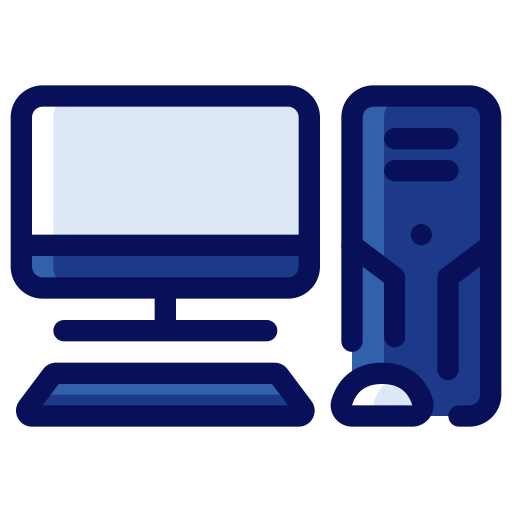

bit out of character that this is what kde does not let you to customize by default
Computers and the internet gave you freedom. Trusted Computing would take your freedom.
Learn why: https://vimeo.com/5168045


bit out of character that this is what kde does not let you to customize by default


I’ve been told that opensuse tumbleweed has it. I’ve also read a suse forum post saying leap 16 will support offline updates, releasing in January, so they could be the first to support all of this with fs snapshots
Even just the updating from Discover can be broken on some systems
if you didn’t enable offline updates in systemsettings, then it’ll do roughly the same as you would in the terminal, so that’s not unexpected


that’s exactly how updates should work in every desktop distro. as an option of course.
systemd made it possible to install updates on shutdown.
packagekit enabled kde software to automatically obtain and prepare the updates.
plasma does the final touch nowadays to ask you on the reboot/shutdown dialog whether you want to install them.
Basically all the system is in place, with code from widely used parties. packagekit can even integrate with your filesystem to make a snapshot before install. It’s wonderful. yet, it seems as if only fedora supports this full setup right now? or is there anything else?


windows 12 now runs in the cloud! requirements: always available internet, with low latency and high bandwidth, and ignorance over privacy


what, you could move the taskbar across monitors in 10??


Win L. the next, superior edition of windows, if someone asks.


eastern, or middle, depends on how you look at it. orbán is not representative, he’s special


Sorry American readers, we in the real world use soccer metaphors, we are manly like that, even our women
As a European reader I highly doubt all claims in that sentence. refe what?
Actually I would have thought its the Americans that do this.


especially when you are connecting from the android client… how do I type a dash instead of an ü??


I use duckduckgo for searches and proton for emails for 4+ years, and I have been less frustrated than with google services


well, it’s in the settings. “Include anti features” menu.


my 750 ti works. nouveau can’t increase the clock speed to the operating clock on boot, on boot the display on that card shows random data with colorful pixels, and nvtop does not see it either, but it works.
I admit I didn’t read the article, but yes, I meant all corners, and not such those of windows but widgets amd popups too